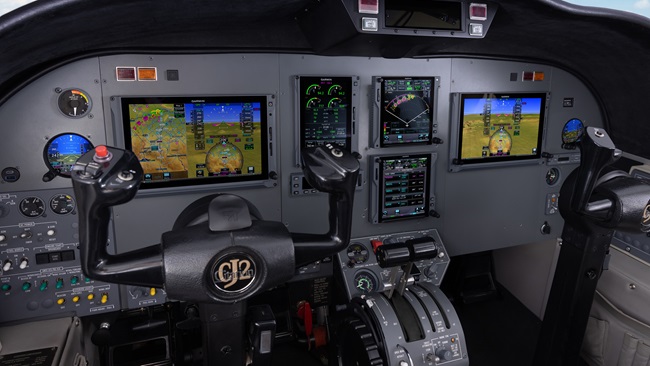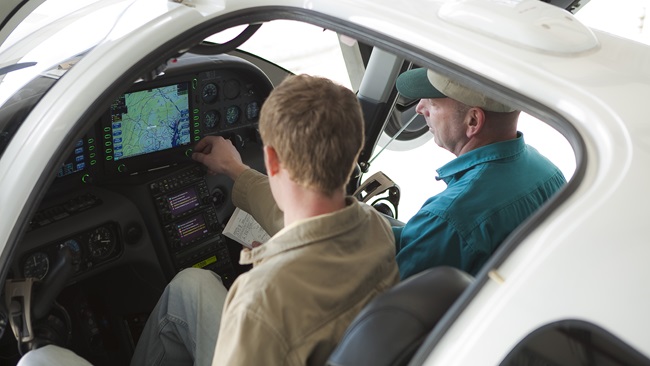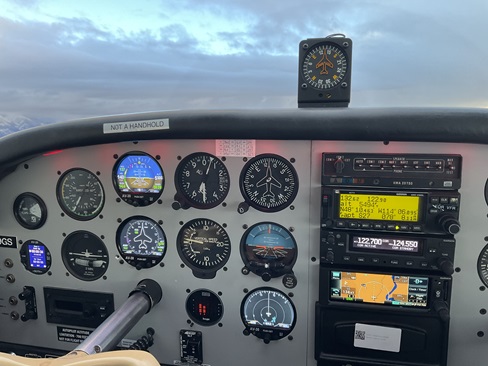Pilots shouldn’t rely solely on in-cockpit avionics such as multifunction displays to keep them out of severe weather or temporary flight restrictions. The avionics systems and subscription services have limitations and may not show real-time weather and temporary flight restriction information.
Accidents caused by delays of up to several minutes in datalink weather have been well documented. The FAA and Air Safety Institute have reached out to educate pilots on the dangers of relying on their in-cockpit weather without understanding the delay in the images appearing on the devices.
Now, pilots are running into a problem that could put them not only in the crosshairs of the FAA, but also in jeopardy of penetrating TFRs.
As the wildfire season rages across many western states, AOPA has received reports of pilots violating firefighting TFRs. And pilots are reporting that their avionics did not display the TFRs.
“Pilots need to understand the limitations of their specific equipment,” said Melissa McCaffrey, AOPA senior government analyst of air traffic services. “The TFR graphics, whether for natural disasters or VIP movements, on avionics displays might not be in real time.”
Further, McCaffrey explained, the FAA’s TFR website might not be displaying the notams and TFRs in real time. AOPA recommends that pilots call flight service before each flight to specifically check for TFRs and note the location, either mentally or noted on a chart. This could help the pilot steer clear of the TFR even if it isn’t depicted by a graphical display.


